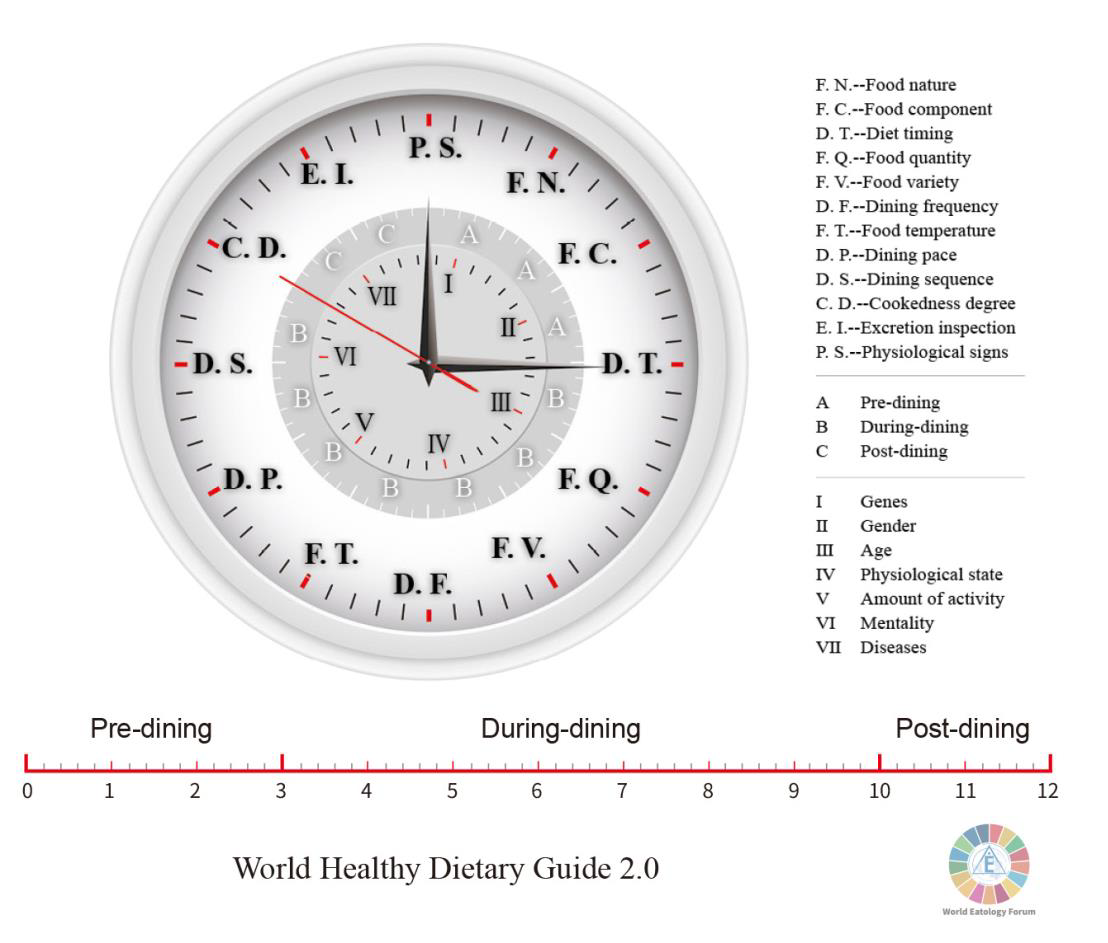
A key feature of the United Nations 2030 Agenda for Sustainable Development and its 17 Sustainable Development Goals (SDGs) is the multi-layering of links among the Goals. While this may add to complexities in implementation, it also gives rise to potential synergies and integration and to positive spillover impacts among the Goals.
In this blog, I would like to share my thoughts on two SDGs – SDG2 on ending hunger, achieving food security and improved nutrition and promoting sustainable agriculture, and SDG3 on ensuring healthy lives and promoting well-being for all at all ages.
Twinning of these two Goals will help achieve targets under the two Goals. For example, target 4 of Goal 3 aims to reduce by one third premature mortality from non-communicable diseases through prevention and treatment and promote mental health and wellbeing. Target 8 of Goal 3 aims to achieve universal health coverage, including financial risk protection, access to quality essential health-care services and access to safe, effective, quality and affordable essential medicines and vaccines for all.
While clearly there are many effective steps one can take to achieve these two targets, including through healthy lifestyles, of particular relevance to them is action taken to achieve target 1 of Goal 2, which aims to end by 2030 hunger and ensure access by all people, in particular the poor and people in vulnerable situations, including infants, to safe, nutritious and sufficient food all year round. Having easy access to macronutrients and micronutrients is essential to good health. An inadequate intake of nutrients in your diet can affect your wellbeing leading to ill health and disease.
More than two thousand years ago, the "Huangdi Nei Jing" - an ancient Chinese medical guidebook - indicated that the “best medicine” available to human beings is the one that prevents illness; the second best is the one that anticipates illness that is about to occur; and the third best is the one that treats illness that has occurred. In this context, the “best medicine” can be secured through nutritious food intake, along with exercise, mental fitness and other health-related actions.
How does one manage to foster health through your food intake? Under the conceptual framework of eatology that I have developed, eating has four functions of "alleviating hunger, causing disease, preventing disease, and curing disease". How to "fill hunger" without "causing disease", how to "prevent disease" and "cure disease" through the science of eating is the knowledge that everyone should master, as it is a key part of the best medicine.
Under the concept of eatology, eating occurs in a timeframe which can be divided into: “before, during, and after eating”. Before eating, one needs to consider level of hunger, type of foods and season one is in and select the food ingredients accordingly. During the meal, one needs to pay attention to the "seven appropriateness" related to the seven dimensions of eating (quantity, type, frequency, temperature, speed, sequence, rawness and methods of cooking). After eating, “two tests” are needed - whether the food is properly digested and stool is normal – thus closing the loop of eating. This is illustrated in the dial below.

Approved by experts of the World Eatology Forum convened on the margins of the 2019 G20 Osaka summit, the above-listed dietary guide takes the form of one set of dials. The small dial on the inner ring denotes "an eater’s 7 dimensions", and the three pointers on the large dial section it into three time zone, namely the pre-dining zone, during-dining zone, and post-dining area.
The three phases combine to constitute a full cycle of the food intake experience. In most dietary guidelines, only the during-dining stage was discussed, and the other two stages - the pre-dining stage and the post-dining stage – are often omitted. They are, nevertheless, as important as the during-dining phase in completing the nutritious food intake cycle.
Healthy and balanced food intakes help protect against hunger and malnutrition, prevent non-communicable diseases, such as diabetes, heart disease, stroke and cancer. While diversified, balanced and healthy diets can vary from culture to culture and region to region, an essential step to a healthy diet is to have a right amount of macro- and micro-nutrients, balanced on the basis of individual needs, as well as the three phases of pre-, during- and post-dining. If we as individuals can make this happen, we are contributing towards the achievement of SDGs 2 and 3 and related targets.
We must therefore be responsible for our own health and for changing our lifestyles accordingly. Health management is a systematic project, divided into upstream, midstream, and downstream. The upstream is food intake, the middle is mentality and exercise, and the downstream is medical. It is necessary to establish the concept of "food before medical treatment", to improve the ability to "prevent diseases", and to abandon the concept of "earning money to treat diseases". Be the active person for a healthy and long life, not a passive person prone to illness. Simply put, by prioritizing balanced and healthy food intake, you are prioritizing prevention over treatment and tell yourself - I am the person responsible for my health, and I am the beneficiary of my good health.
by Guangwei Liu, Director-general of World Eatology Forum
 Bienvenidos a las Naciones Unidas
Bienvenidos a las Naciones Unidas